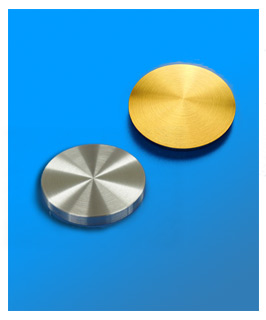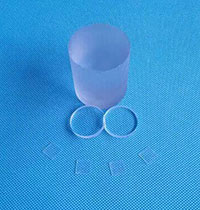 +86-731-89578196
+86-731-89578196
 [email protected]
[email protected]
- Home
- Our Company
-
Products
Sputtering Targets

- Industries
- Blog
- FAQ
- Contact Us
Process Flow of Metal Powder Injection Molding
views, Updated: 2021-09-29
Metal injection molding (MIM) is a molding method in which the plasticized mixture of metal powder and its binder is injected into the mold. MIM process is divided into four processing steps (mixing, molding, degreasing, and sintering) to realize the production of parts, and the surface treatment is determined according to the product characteristics. The specific process flow is as follows::
Blend
Fine metal powders with particles less than 20 μm are mixed with thermoplastic and paraffin binders in precise proportions. The volume of metal powder and binder is about 60:40. The mixing process is carried out in special mixing equipment and heated to a specific temperature to melt the binder. In most cases, mechanical mixing is used until the metal powder particles are evenly coated with binder and cooled to form granules (called raw materials), which can be injected into the mold cavity.
Forming
The equipment and technology of injection molding are similar to injection molding. Granular raw materials are sent to the machine for heating and injected into the mold cavity under high pressure. The green part is formed and demoulded after cooling. Only when the binder is melted (fully fused with the metal powder) at about 200°C, the whole process can be carried out. The mold can be designed with multiple cavities to improve productivity. The cavity size is designed to be 20% larger than that of metal parts to compensate for shrinkage during sintering. The shrinkage change in each material is accurate and known.
Degreasing
Debinding is the process of removing the binder from the molded parts. This process is usually done in several steps. Most of the binder is removed before sintering, and the residual part can support the parts to enter the sintering furnace. A variety of methods can accomplish degreasing, and the most commonly used is solvent extraction. The degreased parts are semi-permeable, and the residual binder is easy to volatilize during sintering.
Sinter
The degreased parts are put into the furnace controlled via high temperature and high pressure. The parts are slowly heated under the protection of gas to remove the residual adhesive. After the binder is completely removed, the component is heated to a high temperature, and the voids between the particles disappear due to the fusion of the particles. The component is directionally shrunk to its design size and transformed into a dense solid. For most materials, the typical sintering density is more than 97% theoretically. The high sintering density makes the properties of products similar to forging materials.
Surface treatment
According to the specific requirements, some parts may need surface treatment after sintering. Heat treatment can improve the physical properties of metals. Electroplating and coating can be applied to high-density materials.
As a professional metal powder supplier, AEM Deposition provides all kinds of metal powder for the MIM process. Such as chromium powder, molybdenum powder, hafnium powder, zirconium powder, titanium powder and so on. The details are as follows:
If you are interested in any product, you can click the relevant link and visit the product page. You are welcome to send us a direct email for consultation. E-mail: [email protected].
LATEST NEWS











